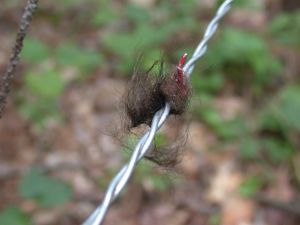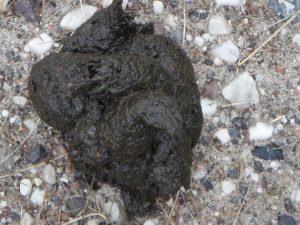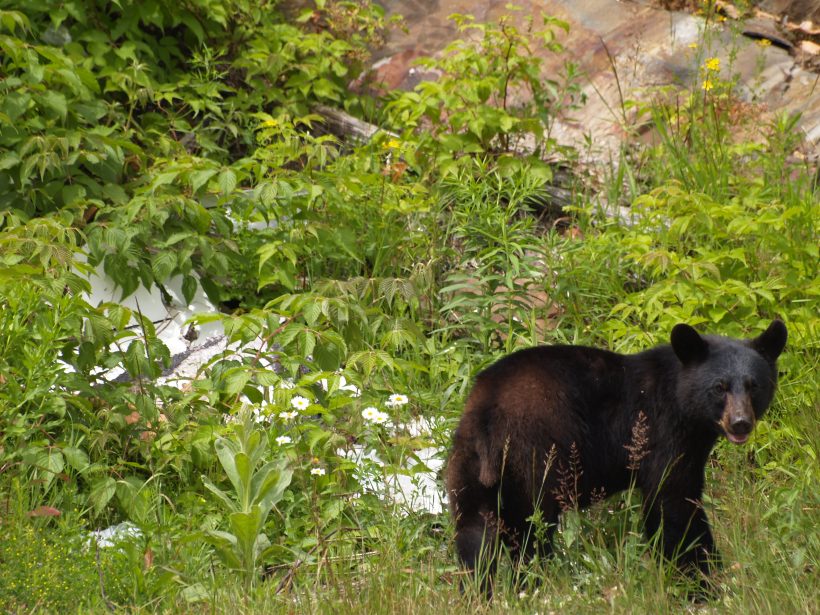CURRENT BEAR RESEARCH
A recent study by Emily Puckett, an assistant professor of biological sciences at the University of Memphis, concerning the colour of black bears researches why the various colours include brown, cinnamon, blond and chocolate. No mention of Canada’s west coast ghost bears.
Published in Current Biology Puckett wondered if the brown colouration was due to blacks (Ursus americanus) breeding with grizzlies (Ursus arctos). “Because they come out similarly coloured we had a reasonable hypothesis that it was an interspecies movement of genes,” a.k.a. alleles.
The research said “no”. As it turned out “it’s a unique mutation and it’s unique to black bears,” she said.
What is the cause?
Puckett referenced previous studies from the 1980s and 1970s. The 80s study of some 40,000 bears “surveyed managers across the U.S. and Canada and came up with a series of maps of the percentage of black animals on the landscape across the geography.” The 70s study tracked the colour of female bears and their cubs. Puckett believed that a dominant mutation was involved and so studied tissue samples from bears that had been hunted, road kill or were captured animals. A genetic analysis of blacks and grizzlies concluded that the “cinnamon morph” is due to a mutation in the TYRP1 gene. (There’s one for your trivia buffs.)

All of this was made possible by the past work of citizen scientists and wildlife biologists. “These natural histories from wildlife communities were spot on, “she said. “Then I get to come in with the latest technology and create 200 bear genomes.”
Not only did the researchers discover the gene mutation that caused the colour morph (TYRP1) but when the mutation actually took place on the chromosome. The mutation that caused the brown colour occurred “9,360 years ago – or is 1,440 generations –old.”
In the states one can expect to see cinnamon bears in the S.W., the Sierras, and California with the frequency declining as you move northward to the Rocky Mountains. “The Rockies are of course this massive barrier even for a large, strong animal like a bear to move through. So once you get east of the Rockies, or north of the Rockies, into the Yukon, you see that gene showing up, but in lower frequencies.”
“This is such a fun part of the paper – it’s basically the same piece of DNA being copied from parent to kid in the SW, Alaska, the Great Lakes, Manitoba, Ontario and then in Connecticut – that’s as far east as we’ve found it.”
What adaptive purpose did having brown fur instead of black serve?
Two hypotheses – was a lighter colour an advantage for thermoregulation or could it allow blacks to better compete with Grizzlies where their territories overlapped – did not prove out. Now the researchers wonder if colour has a selective advantage such as perhaps a lighter colour might be harder to see in different environments. “In forest habitats, they might blend in more if they are black. In more edge habitat, where the forest cover is more open, maybe those are places where brown allele might be more favoured.”

Photos: An Apsley Bear, Bear hair for DNA study, bear scat.
